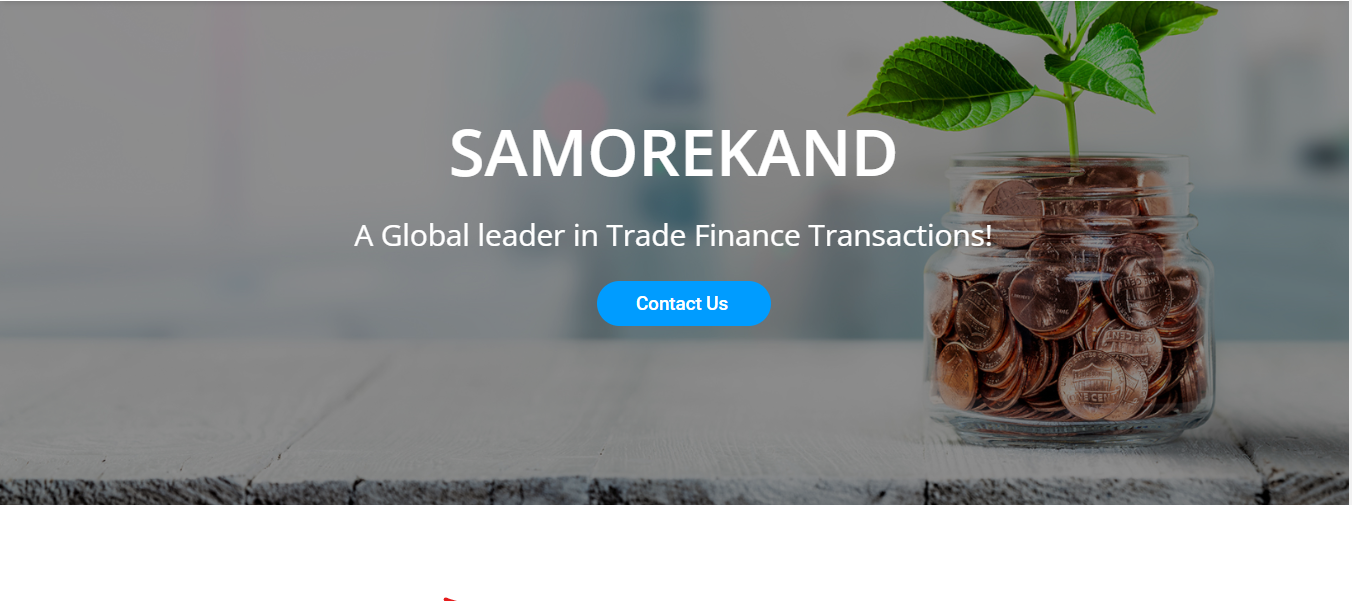
Following a 15% rebound in global equity markets since last autumn, Christopher Lewis, Head of Investment Strategy at Cazenove Capital, shared his thoughts on the outlook:
“In our view, recent support for risk assets has come from an improvement in investor sentiment driven largely by expectations of more supportive US monetary policy, rather than a significant improvement in underlying fundamentals. There is now growing optimism around a “no landing” scenario in which the US economy avoids a recession, earnings continue to grow and equity markets enjoy a sustainable recovery. We aren’t so sure. At this stage, we do not see the fundamental drivers for a more persistent recovery in equity markets:
- Corporate profit margins remain under pressure from higher input and borrowing costs.
- Earnings growth expectations are muted and at risk of further downgrades.
- Equity market valuations have risen and no longer look as supportive, especially if interest rates continue to rise.
- Investor sentiment and positioning have already corrected from an overly-bearish position at the start of October last year and are less likely to provide a further tailwind.
On this basis, we have opted to maintain our underweight position in equities while allocating to other markets with more attractive risk/reward profiles. This includes credit, where yields remain attractive, and commodities, which benefit from attractive long-term fundamentals.
Credit markets have historically performed well in economic slowdowns. Within the asset class, we remain focused on shorter-dated, higher-quality credit which should be able to better navigate a challenging backdrop.
We also see opportunities in commodity markets. The challenges posed by both the threat of climate change and ensuring energy security are likely to accelerate the transition towards more renewable energy sources. The generation, storage and distribution of renewable energy will drive greater demand for industrial metals, supporting prices over the long term. More immediately, the reopening of the Chinese economy could increase demand. Exposure to commodities also offers a valuable hedge against the potential for further disruption to energy markets as a result of the Russia-Ukraine war.”
Further rate rises may be needed
Recent US economic data has been surprisingly resilient. The economy grew faster than expected in the fourth quarter of 2022, with gross domestic product (GDP) increasing at an annualised rate of 2.9%. Economic activity data suggests further improvement in January. Furthermore, US labour markets remain tight – despite some high-profile redundancy announcements – and official measures of unemployment remain a long way from levels historically associated with recessions.
While headline measures of inflation have certainly fallen from their 2022 peaks, the latest figures were higher than expected, suggesting that inflationary pressures could prove more persistent than many investors expect. Combined with strong labour markets, and a resilient economy, the Federal Reserve is likely to raise interest rates further in an attempt to bring inflation down towards their long-term target of 2%, having already raised interest rates by 4.5% over the past year. They are likely to look for further weakness in the labour market before they stop raising rates.
Higher interest rates do not have an immediate impact on the economy but tend to be felt with a lag. US consumer demand has so far held up, as households have relied on savings and made purchases using credit. However, savings rates are now well below the long-term average and higher levels of consumer debt – and the higher cost of that debt – pose a risk as interest rates continue to rise. Mortgage payments as a share of income have already doubled from 13% to 26%, according to JPMorgan research. Weaker consumer demand and retail sales could still weigh on the US economic growth outlook.
US consumers are borrowing more and saving less
The relaxation of China’s “Zero Covid” policy, and the reopening of the world’s second-largest economy, are likely to be supportive for global growth. As China moves through its Covid “exit wave”, we should start to see consumer spending picking up. Increasing policy support for the property sector should also benefit sentiment. This has been a positive development in the first quarter, but we still expect global growth to be weaker in 2023 than we have seen over the last couple of years.


























